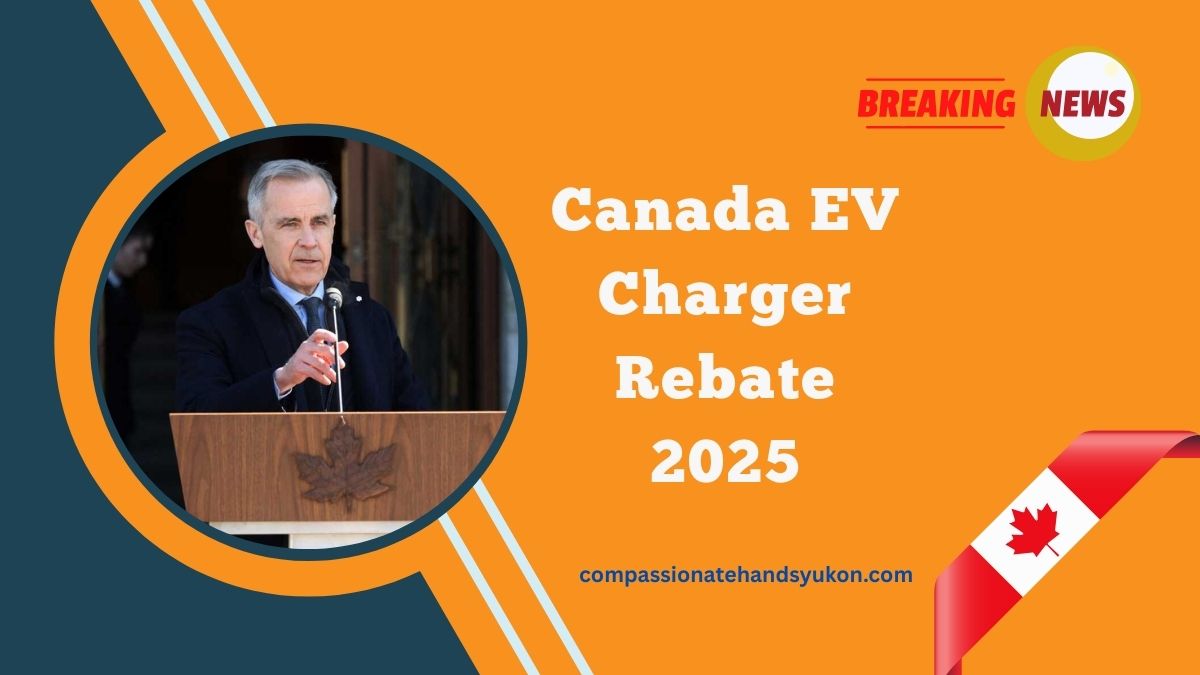As electric vehicles (EVs) continue to gain popularity across Canada, the Canada Revenue Agency (CRA) and Natural Resources Canada (NRCan) have confirmed the continuation of a generous EV Charger Rebate program for 2025.
The Canada EV Charger Rebate 2025 helps offset the costs of installing home and commercial EV charging stations, making sustainable transportation more accessible for all.
This rebate is a key part of Canada’s green policy framework and supports both urban and rural communities in reducing transportation-related emissions.
Who Qualifies for the Canada EV Charger Rebate 2025?
The 2025 rebate program casts a wide net in terms of eligibility. Applicants must install chargers using licensed electricians, and equipment must meet NRCan safety and performance standards.
Here’s who can apply:
| Eligible Group | Details |
|---|---|
| Homeowners | Single-family homes installing Level 2 chargers |
| Multi-Unit Residential Buildings | Landlords and condo boards installing shared-use chargers |
| Businesses and Non-Profits | Installing public or fleet-use chargers at commercial locations |
| Indigenous Communities | Dedicated funding for First Nations, Inuit, and Métis infrastructure |
Whether you’re a homeowner or a developer, the rebate offers substantial savings, provided that all installation and safety guidelines are followed.
How Much Can You Save in 2025?
The federal government has increased rebate amounts for 2025 to better reflect rising installation costs and equipment pricing.
| Applicant Type | Rebate Amount | Conditions |
|---|---|---|
| Homeowners | Up to $750 per charger | Includes equipment and home installation |
| Multi-Unit Residential Buildings | Up to $5,000 per charger (max $25,000) | Shared chargers for residents |
| Businesses/Public Chargers | Up to 50% of costs (max $100,000) | Applies to Level 2 and DC fast chargers |
| Indigenous Communities | Up to 75% of costs (max $125,000) | Covers equipment, installation, and planning fees |
Applicants are encouraged to combine the federal rebate with provincial programs such as:
- CleanBC Go Electric (British Columbia)
- Roulez vert (Quebec)
- EV ChargeON (Ontario)
Doing so can dramatically reduce out-of-pocket costs.
How the Application Process Works
The application process has been streamlined to ensure ease of access. Here’s a step-by-step guide:
- Purchase eligible charging equipment from a certified supplier.
- Hire a licensed electrician to complete the installation.
- Collect documentation: invoices, permits, and proof of payment.
- Submit your application online through the NRCan portal.
- Receive your rebate via direct deposit in 6 to 8 weeks.
For commercial and Indigenous projects, pre-approval is recommended due to longer project timelines and additional funding streams.
Why This Rebate Matters in 2025
As part of Canada’s push to achieve net-zero emissions by 2050, EV adoption is not just encouraged—it’s prioritized. The EV Charger Rebate reduces one of the biggest barriers to EV ownership: the cost of charging infrastructure.
In 2025, this rebate plays an important role in:
- Supporting the nationwide EV adoption strategy
- Reducing household transportation emissions
- Making electric transportation affordable for all income levels
- Driving private-sector investment in green infrastructure
With rising fuel prices and stricter emissions regulations, EVs are becoming not only an environmentally conscious choice but also an economically sound one.
The Canada EV Charger Rebate 2025 is a powerful tool that helps households, businesses, and communities transition to a greener future.
Whether you’re installing a Level 2 charger at home or setting up fast chargers for your fleet, this program makes it easier and more affordable than ever. Act quickly, check your eligibility, and submit your application before funding caps are reached.
FAQs
What type of charger is eligible for the rebate?
Only Level 2 or higher chargers approved by Natural Resources Canada are eligible. Installations must be done by certified electricians.
Can I apply for the rebate after installation?
Yes, but applications must be submitted within 90 days of installation along with all required documentation, including proof of payment.
Are leased properties eligible for the rebate?
Yes. Landlords and tenants may apply if the installation is approved by the property owner and meets all safety codes.

